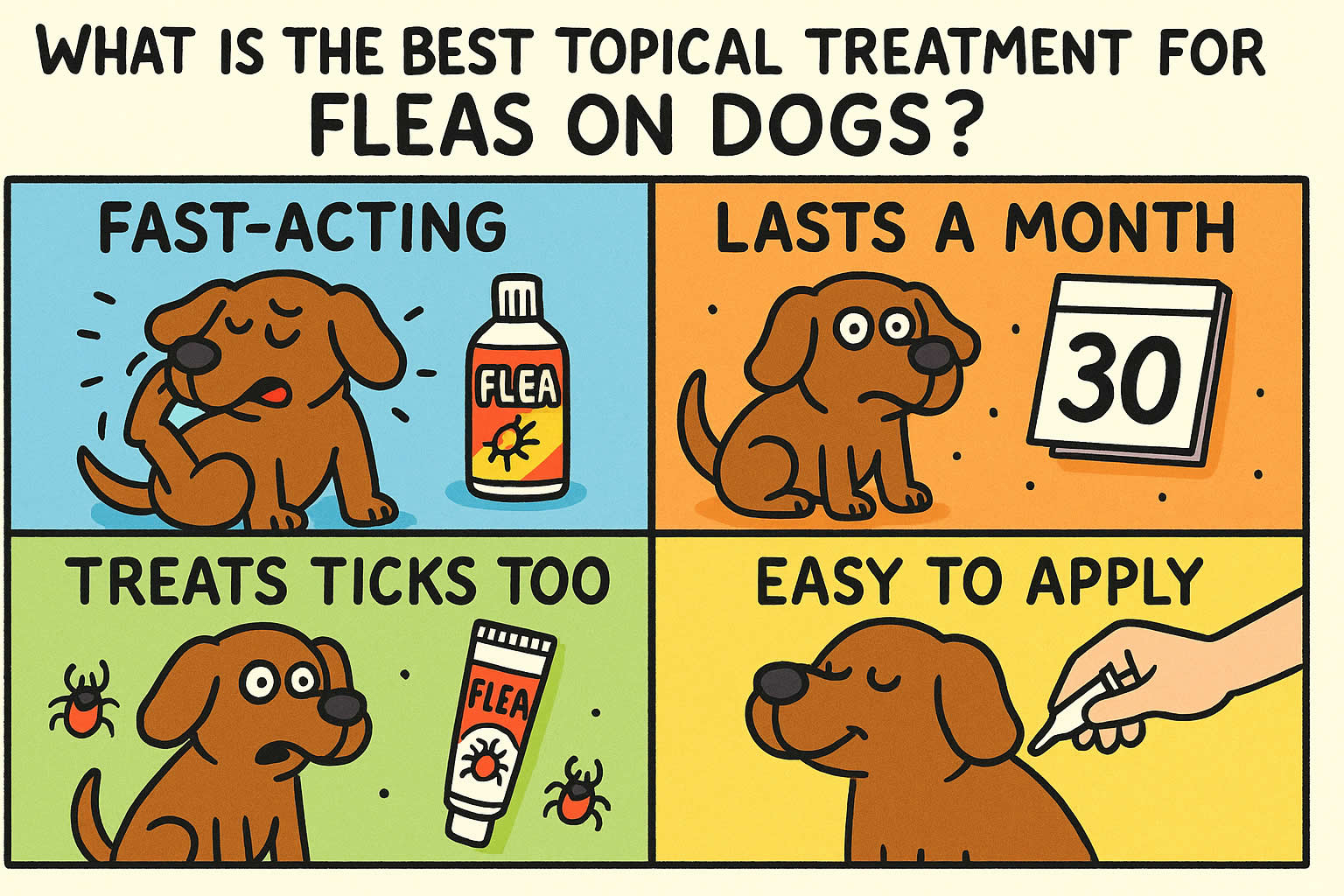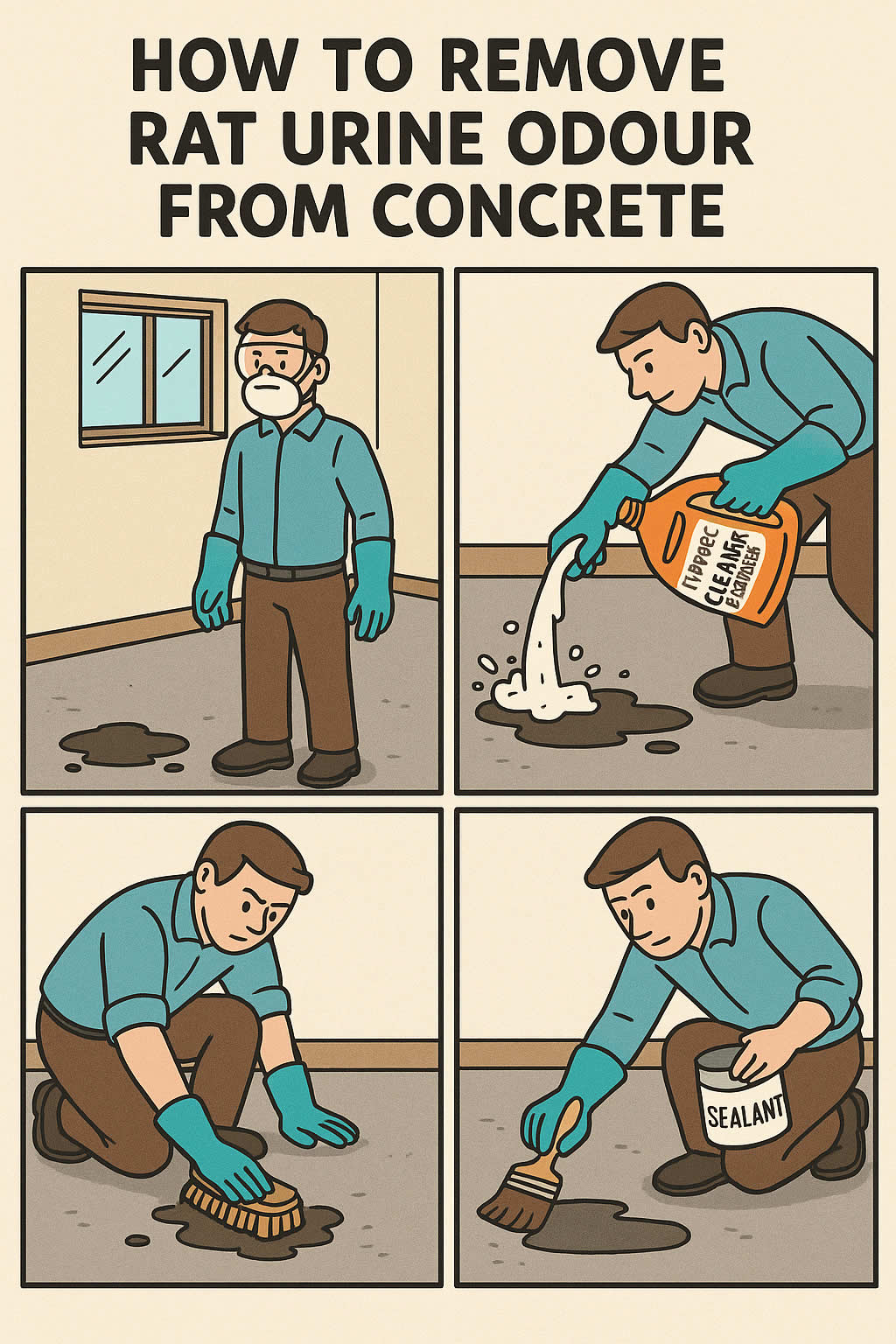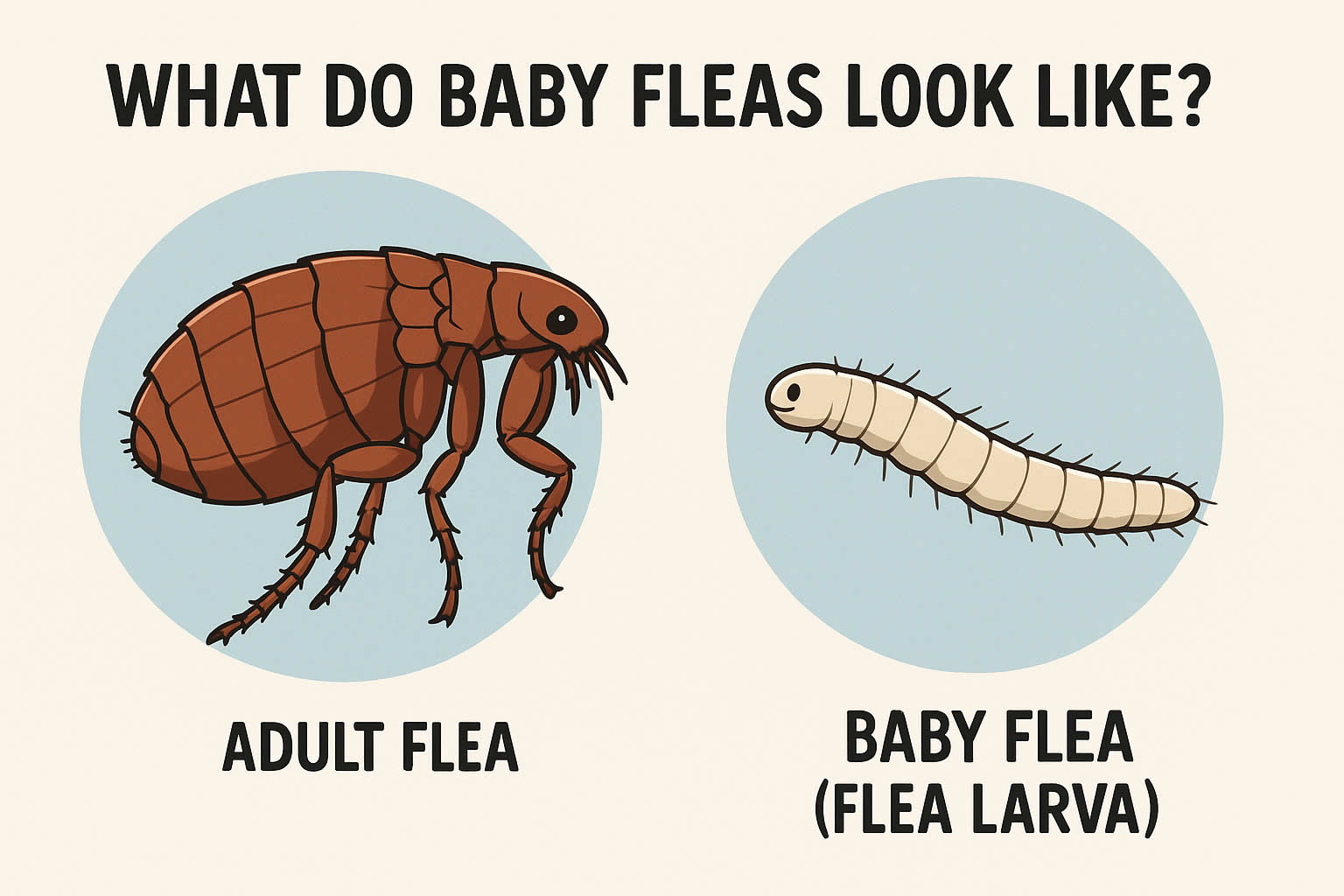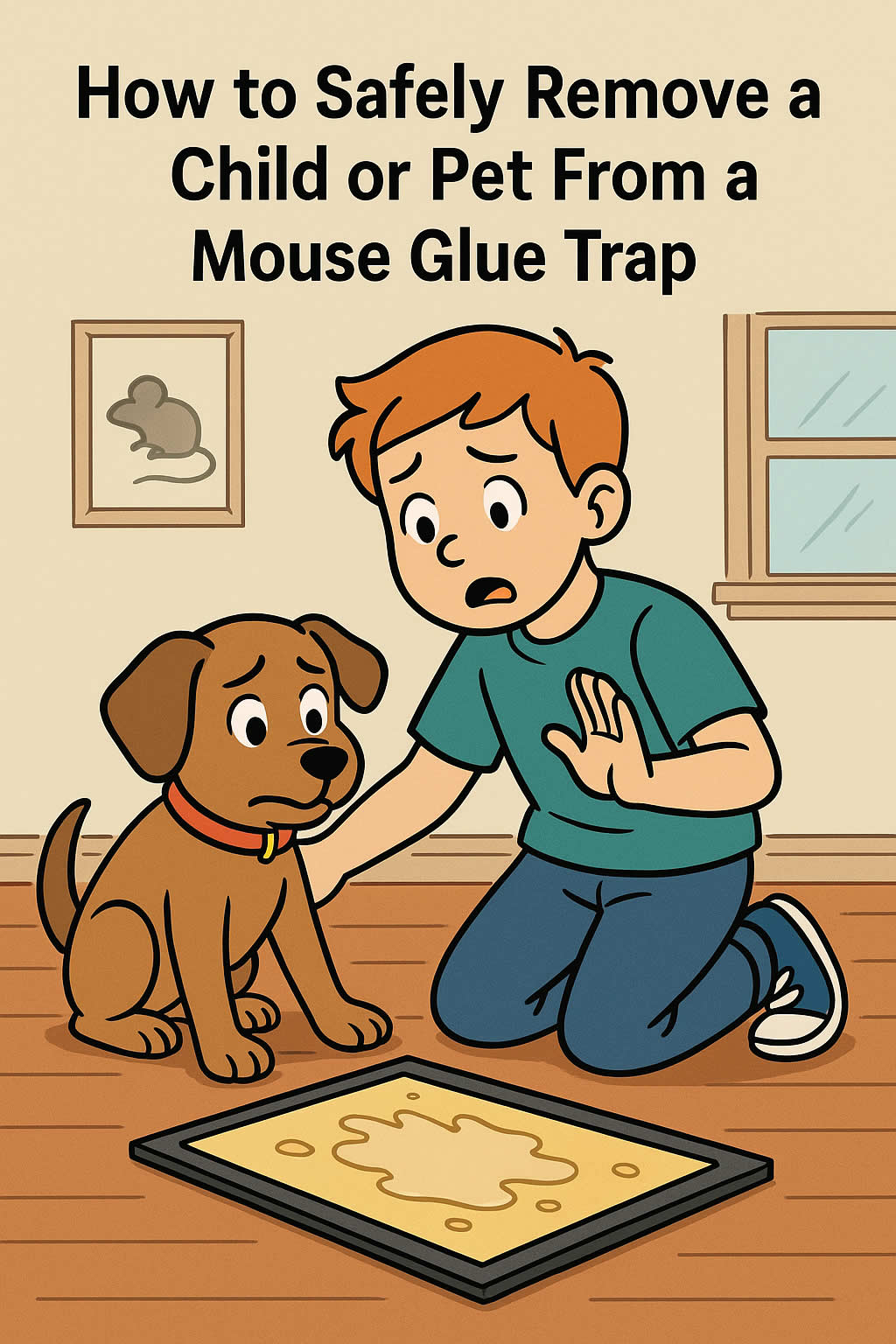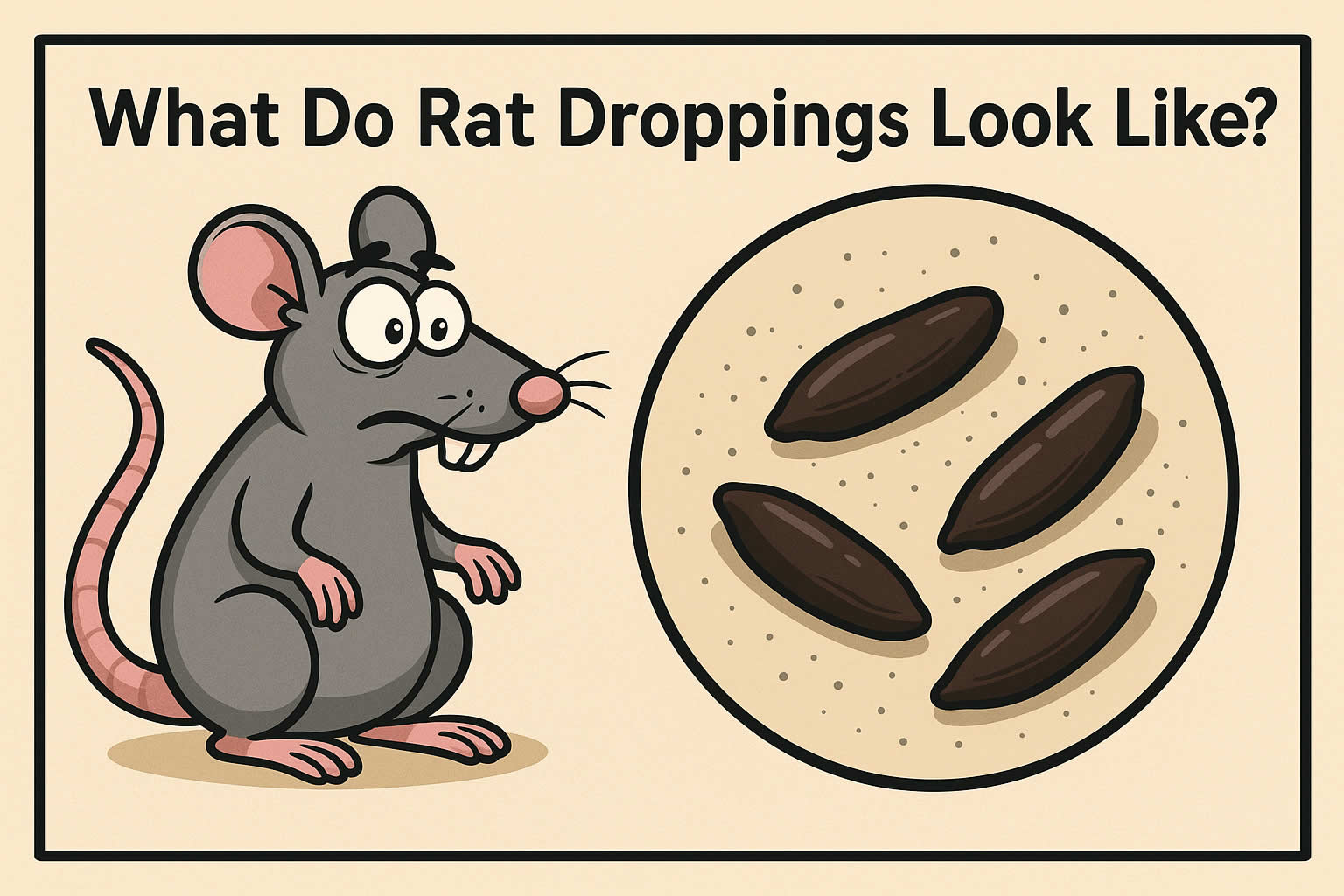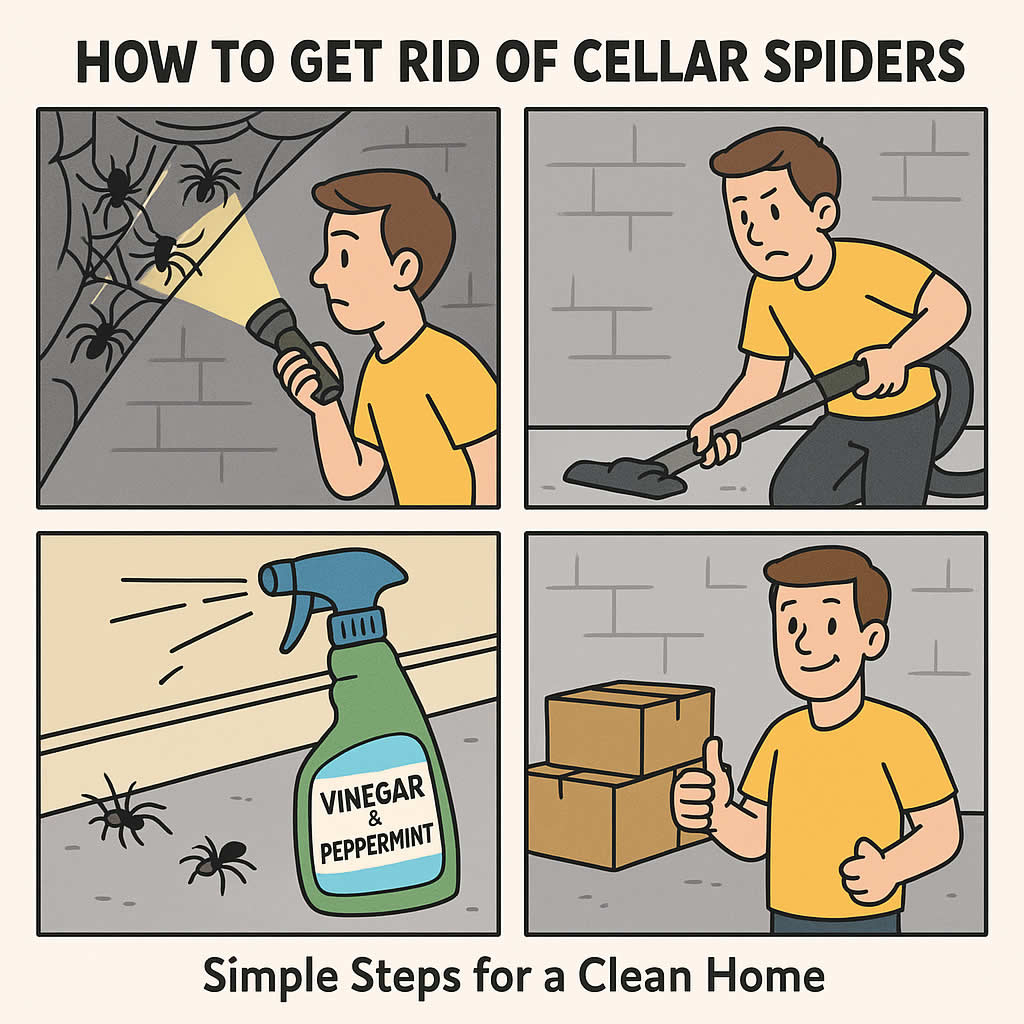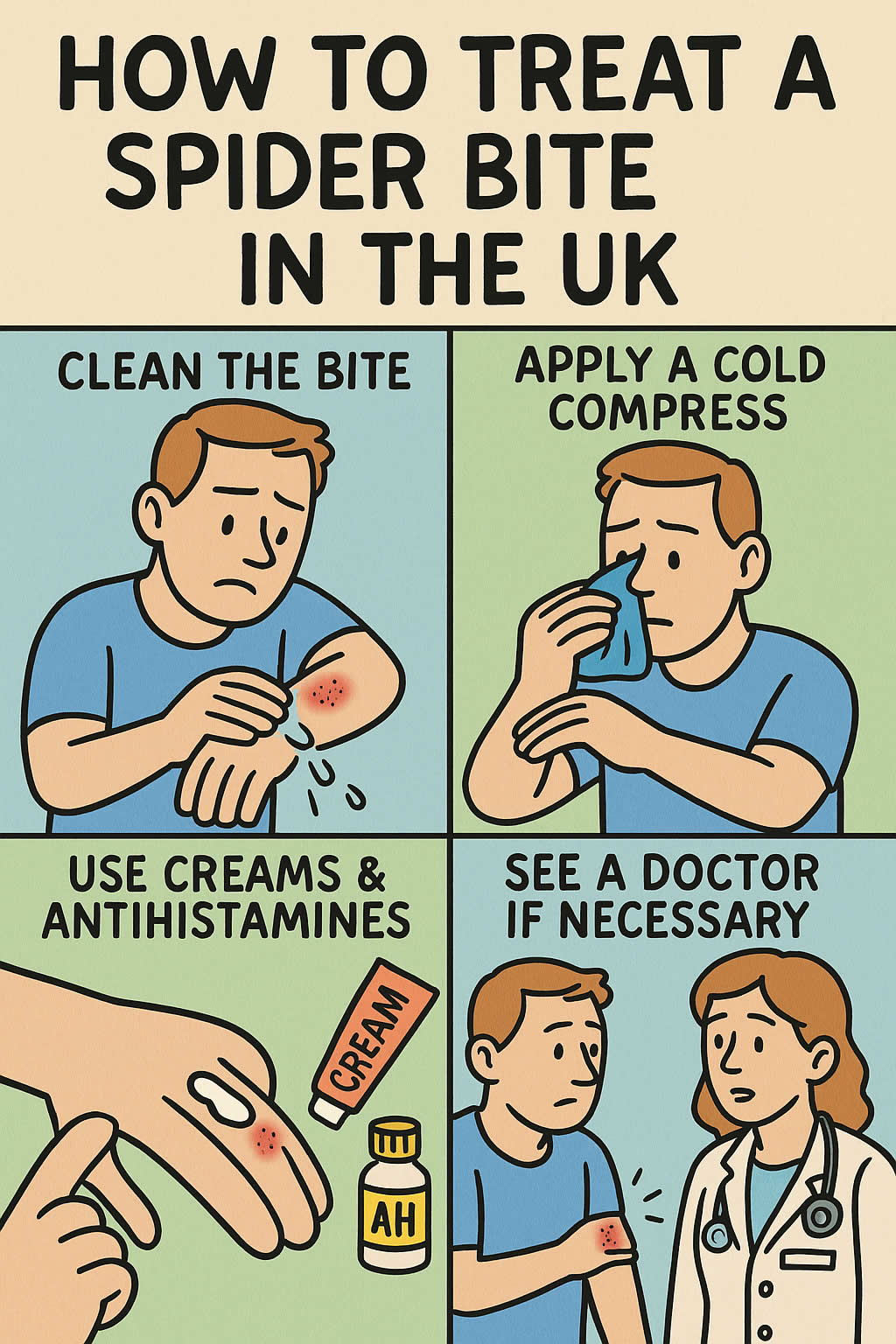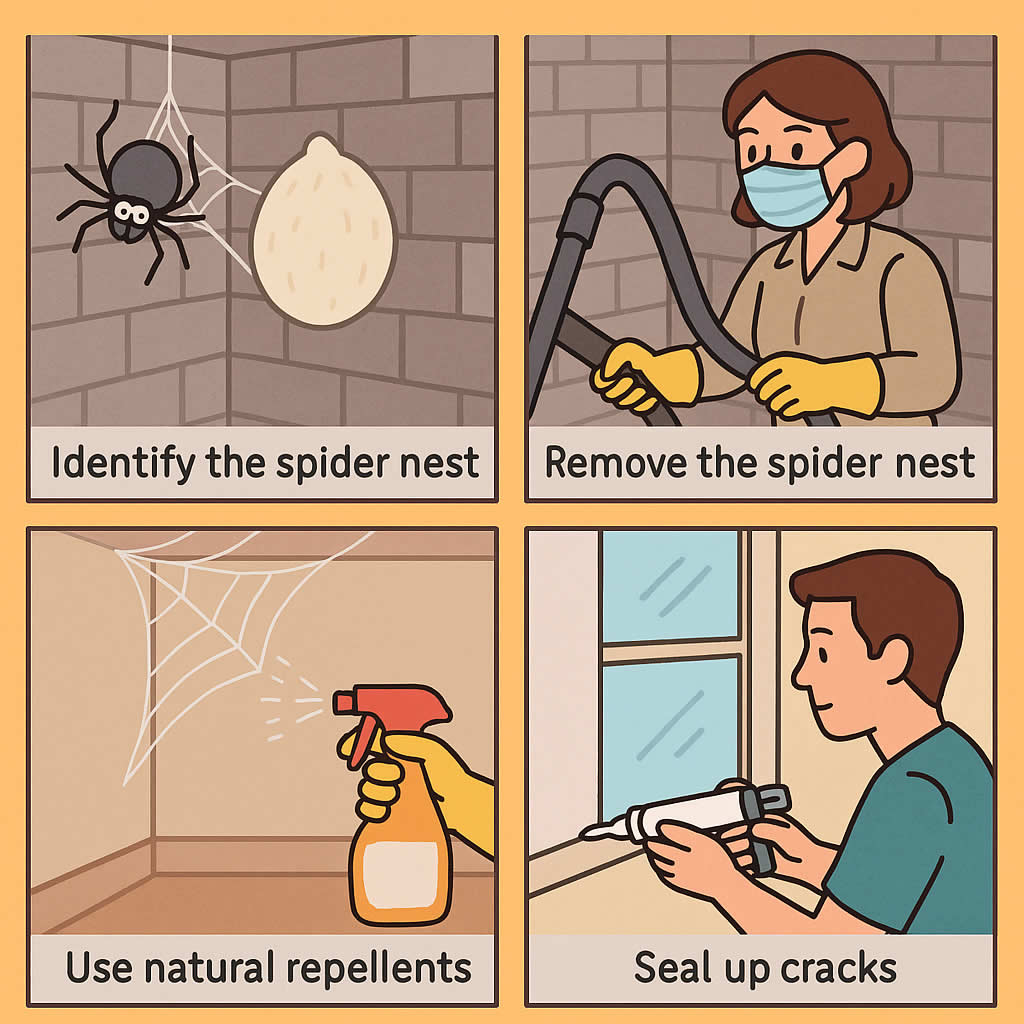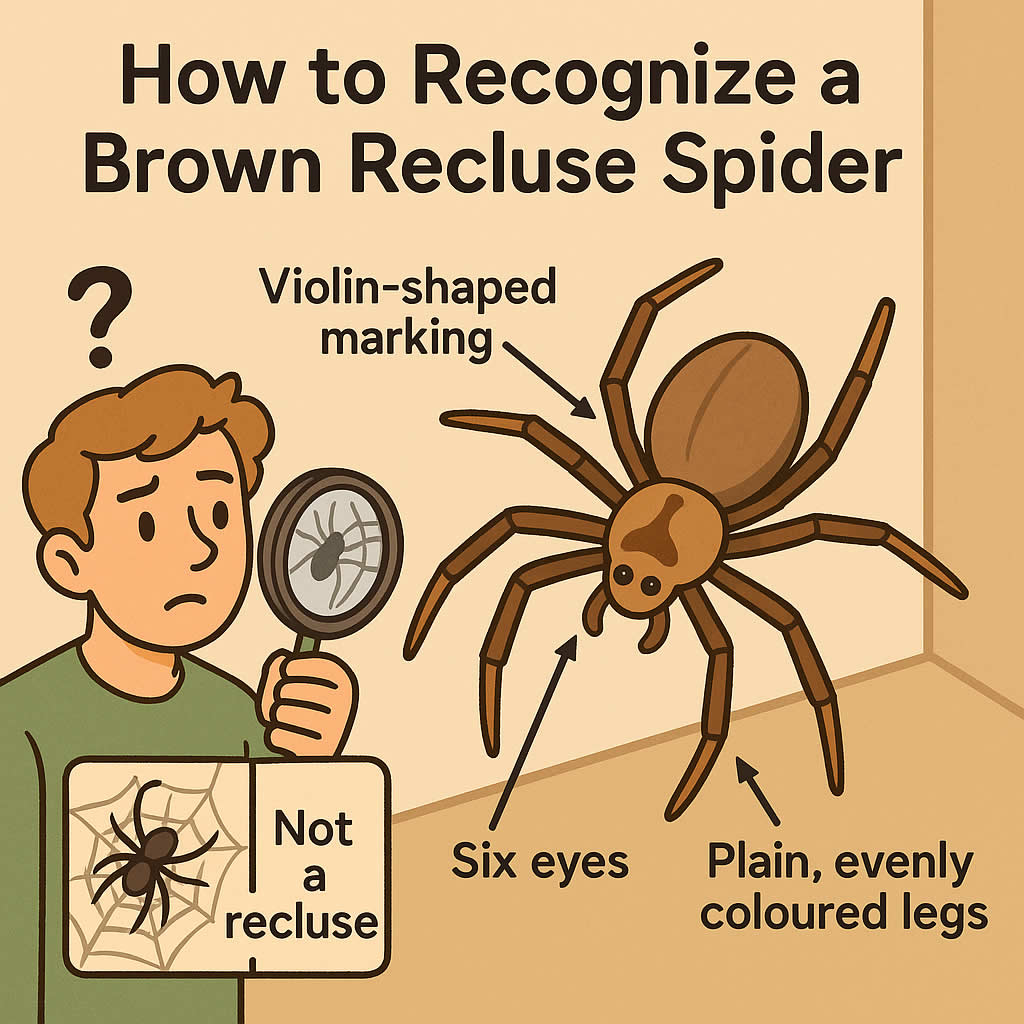Related Queries
ToggleIf you’ve spotted your dog scratching more than usual or found tiny black specks in their fur, you might already know you’re dealing with fleas. It’s frustrating, and it can make you feel helpless—especially when you see your dog uncomfortable and irritated. You want something that works quickly, is safe, and will keep fleas away for good. That’s when topical flea treatments come into the picture.
Topical flea treatments, often called “spot-ons,” are one of the most popular ways to protect dogs from fleas. They’re easy to apply, they work fast, and many also protect against ticks and other biting pests. But with so many options on the market, how do you know which one is truly the best for your dog?
Let’s break down what makes a topical flea treatment effective, what to look for in a product, and which ones are most trusted by vets and dog owners.
Why choose a topical flea treatment?
Topical treatments are applied directly to your dog’s skin, usually between the shoulder blades where they can’t lick it off. The liquid spreads through the skin’s natural oils, covering your dog’s body and killing fleas through contact rather than requiring them to bite.
This means your dog is protected quickly, and fleas don’t need to feed first before dying. Many topical treatments start killing fleas within hours, and a single application can protect for a month or longer.
Some topicals also target flea eggs and larvae, breaking the life cycle so you’re not just killing adult fleas—you’re preventing new ones from appearing.
What makes one topical flea treatment better than another?
Not all spot-ons are created equal. The best product for your dog depends on several factors:
- Speed of action – how quickly it starts killing fleas after application
- Duration of protection – most last 4 weeks, but some may protect longer
- Additional protection – some also kill ticks, lice, or even repel mosquitoes
- Water resistance – important if your dog swims or gets bathed often
- Safety for your dog’s age, weight, and health – different formulations for puppies, small dogs, and larger breeds
An effective topical flea treatment should balance fast results with long-lasting protection, without causing skin irritation or other side effects.
How do topical flea treatments work?
Most contain insecticides that either kill fleas on contact or disrupt their nervous systems. Some products also include insect growth regulators (IGRs) that prevent flea eggs and larvae from developing.
When applied correctly, the treatment stays active in your dog’s natural skin oils, protecting against new infestations. It’s important to follow the instructions carefully—applying too little, too much, or in the wrong place can reduce effectiveness or cause problems.
Which topical flea treatments do vets recommend most?
While your vet is the best person to recommend a product for your specific dog, there are a few widely trusted options that come up again and again:
- Frontline Plus – Contains fipronil and (S)-methoprene, killing adult fleas, eggs, and larvae, as well as ticks and lice. Waterproof and lasts up to 30 days.
- Advantage II – Uses imidacloprid and pyriproxyfen to kill fleas at all life stages. Works quickly and is also waterproof.
- Advantix – Combines imidacloprid, permethrin, and pyriproxyfen. Kills and repels fleas, ticks, and mosquitoes. Not safe for cats, so avoid if you have both dogs and cats in your home.
- Revolution – Contains selamectin, which not only kills fleas but also prevents heartworm and treats ear mites, sarcoptic mange, and certain ticks.
- Bravecto Topical – Fluralaner-based treatment that lasts up to 12 weeks. Kills fleas and ticks and is a good option if you prefer fewer applications.
Can you use any topical flea treatment on puppies?
No. Puppies have more sensitive skin and lower tolerance for certain insecticides. Most topical flea treatments are safe for puppies from 7–8 weeks old, but the exact age and weight limits vary by product. Always check the label and ask your vet before applying anything to a young dog.
How quickly should you see results?
Some topical treatments start killing fleas within 4 hours, while others may take up to 12 hours. You should see a noticeable drop in scratching within a day. However, if your dog already has a heavy infestation, you may continue to see fleas for a week or more as eggs hatch and new fleas jump on from the environment.
That’s why pairing topical treatment with cleaning your home is essential—wash bedding, vacuum regularly, and treat other pets in the household.
Do topical flea treatments kill flea eggs in your home?
No topical treatment will magically kill every flea egg in your carpet or sofa. They work on your dog, not the environment. The best ones stop flea eggs laid on your dog from hatching, breaking the cycle over time. But if your home already has fleas, you’ll need to tackle the environment too.
Are topical flea treatments safe?
When used correctly, vet-approved topical treatments are safe for most dogs. Side effects are rare but can include temporary skin irritation at the application site, lethargy, or changes in behaviour. Always use the correct dose for your dog’s weight and never use products intended for cats.
If your dog shows signs of an allergic reaction, wash the area with mild soap and water and contact your vet immediately.
What if my dog swims or gets bathed a lot?
Frequent swimming or bathing can reduce the effectiveness of some topicals. Many are water-resistant after 24–48 hours, but it’s best to check the product label. If your dog spends a lot of time in the water, you might consider an oral flea treatment instead.
How to apply topical flea treatment correctly
- Choose a calm moment when your dog is relaxed.
- Part the fur between the shoulder blades until you can see the skin.
- Squeeze the contents of the pipette directly onto the skin, not the fur.
- Avoid touching the area until it’s dry.
- Prevent your dog from swimming or bathing for the first 48 hours after application.
What’s the best choice for long-term prevention?
If you’re looking for the best topical flea treatment for your dog, you want something that:
- Works quickly and effectively
- Protects for a full month or longer
- Covers multiple pests if possible
- Is easy to apply and doesn’t cause irritation
- Matches your dog’s age, weight, and health needs
For most dogs, a product like Frontline Plus, Advantage II, or Revolution offers an excellent balance of effectiveness and safety. If you prefer fewer applications, Bravecto Topical’s 12-week coverage is worth considering.
Why prevention beats emergency treatment every time
It’s much easier to stop fleas from getting onto your dog than it is to deal with a full infestation. Once fleas are in your home, you have to treat your dog, your other pets, and your environment—and that takes time and effort.
Keeping your dog on a regular flea prevention schedule means you can enjoy peace of mind and keep your home pest-free.
Final thoughts
The best topical flea treatment for your dog is one that works for your dog’s lifestyle, offers broad protection, and is safe for their age and health. Your vet can help you choose the right product and dosing schedule so you never have to worry about fleas making your dog miserable again.
When you use the right product consistently, you’re not just protecting your dog—you’re protecting your home and making life more comfortable for everyone.
Pest Control Hockwell Ring – Pest Control Fancott – Pest Control Cornwall
